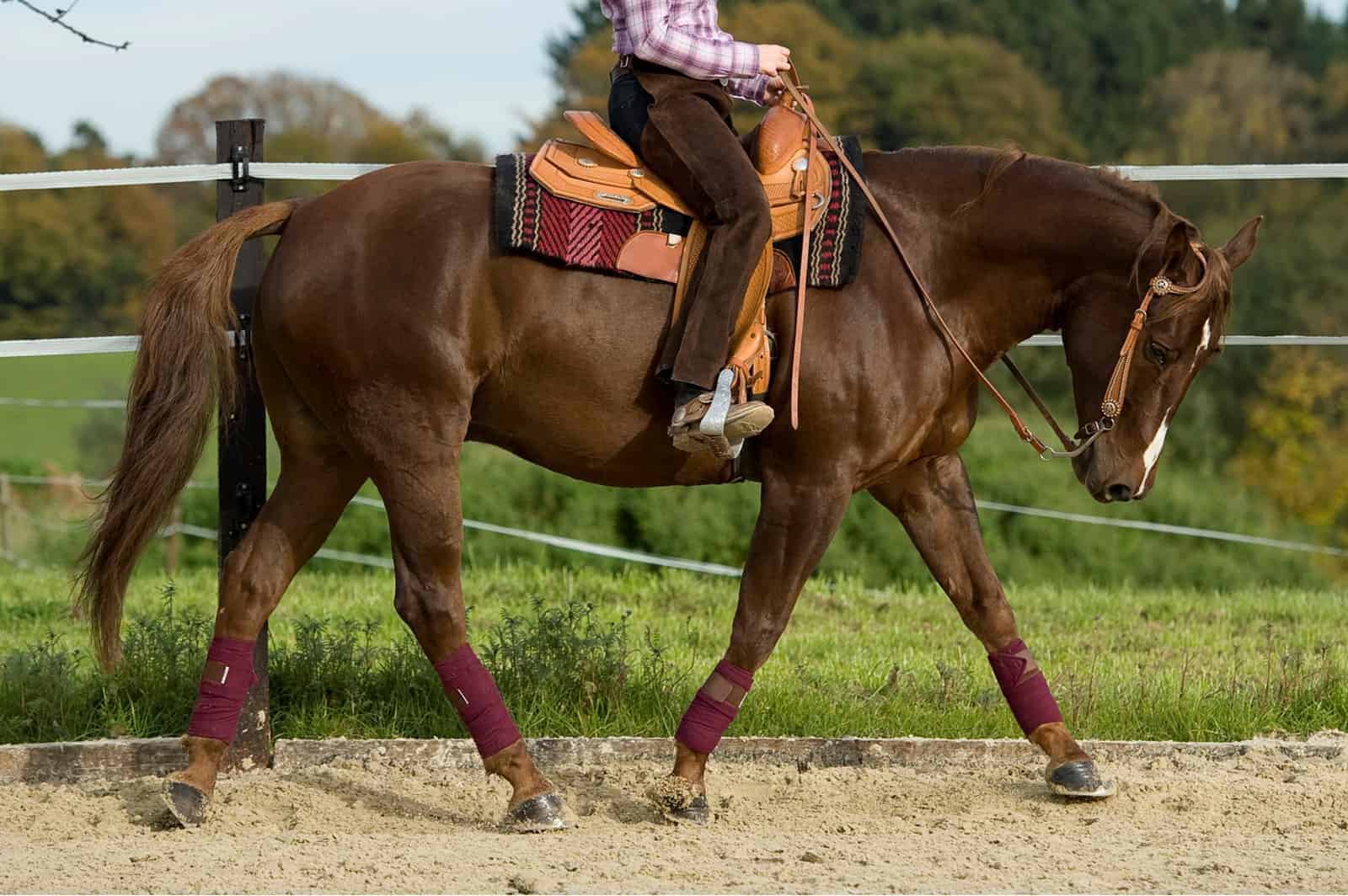Muscle Disease Mutation Common in Quarter Horses

Last year, researchers discovered the genetic mutation responsible for a sometimes-fatal muscle condition—immune-mediated myositis (IMM)—in Quarter Horses. Now, they’re back with an update: It turns out that mutation—the MYH1 E321G variant—is prevalent in horses of some disciplines within the breed.
“The MYH1 E321G variant is just as common, or more so, than at least two already well-known genetic diseases in Quarter Horses: hereditary equine regional dermal asthenia (HERDA) and hyperkalemic periodic paralysis (HYPP),” said Carrie Finno, DVM, PhD, Dipl. ACVIM, associate professor of veterinary genetics and director of the University of California, Davis (UC Davis) Center for Equine Health.
“The genetic diseases included on the five-panel test of the American Quarter Horse Association (AQHA), which includes HERDA and HYPP, have been on the radar of Quarter Horse owners, breeders, and veterinarians for years,” she said. “Knowing that the MYH1 variant is more pervasive in the Quarter Horse population than some of the disease alleles on the five-panel test will help owners and breeders decide whether they feel it would be worth their while to test for this variant, especially in breeding stock
Create a free account with TheHorse.com to view this content.
TheHorse.com is home to thousands of free articles about horse health care. In order to access some of our exclusive free content, you must be signed into TheHorse.com.
Start your free account today!
Already have an account?
and continue reading.

Written by:
Christa Lesté-Lasserre, MA
Related Articles
Stay on top of the most recent Horse Health news with















